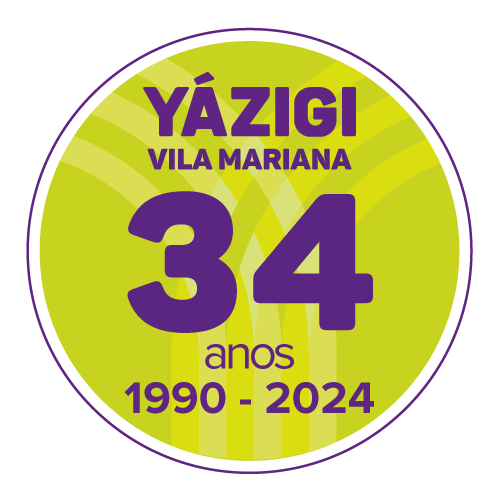Algumas diferenças
Alguns alunos de inglês se confundem na hora de escolher a palavra certa para cada ocasião. Vejamos algumas Diferença entre quatro desses erros comuns e dicas para acertar na escolha:
Between x Among
Between é utilizado quando se fala sobre duas coisas (às vezes mais) que são claramente separadas.
Among é utilizado quando se fala sobre coisas que não são separadas claramente porque fazem parte de um grupo de objetos e entidades.
Exemplos:
They built a hotel between the hills.
(provavelmente com uma colina de cada lado)
It is a lovely hotel set among the hills.
(provavelmente cercado de colinas)
Thing x Stuff
Thing é utilizado para se referir a objetos e idéias abstratas.
Exemplos:
Can you pass that thing over there on the bed?
Love is a very peculiar thing.
Let’s see how things develop.
Referring back: Thing também é usado para se referir a alguma coisa que já foi mencionada. Exemplo:
While I was away, my parents sold all my music CDs and cassettes – these were things I’d had since I was a school kid.
Stuff é uma palavra muito frequente na linguagem falada. Funciona como o thing, mas é utilizado com se fosse uncountable noun.
Where can I put my stuff?
I can’t remember. All that chemistry stuff is just too hard to learn.
There wasn’t much to do really. Just a few shops, a small beach, a few sailing boats and all that kind of stuff.
He just told us to try hard and stuff like that.
Opposite x In front of
Se duas pessoas, A e B, sentam-se opposite uma a outra (em uma mesa de restaurante por exemplo), então A e B estão de frente uma a outra (estão olhando uma para outra).
Se A senta-se in front of B (no cinema, por exemplo), então B está atrás de A.
Exemplo:
A: Where’s this pizza place we’re going to?
B: It’s opposite Philips’, next to the Lyons coffee shop.
A: Oh right.
(on the other side of the street from Philips’)
The car in front of me stopped suddenly and I went into the back of it.
(my car was driving behind the car I hit)
Only if x If only
Quando utilizamos only antes de if o significado é o mesmo de ‘provided that’ or ‘not … unless’. Exemplo:
Visitors will only be admitted if the proper attire is worn.
(or: Visitors will be admitted only if the proper attire is worn.)
Já If only é usado para expressar um desejo. Exemplo:
If only I could get enough money together, I could go and work in Australia for a year.
Se você tiver alguma dúvida de Inglês ou Espanhol mande um comentário com sugestões para os próximos posts!
Fonte:
Cambridge Garmmar of English. Ronald Carter and Michael McCarthy.
Editora: Cambridge University Press



